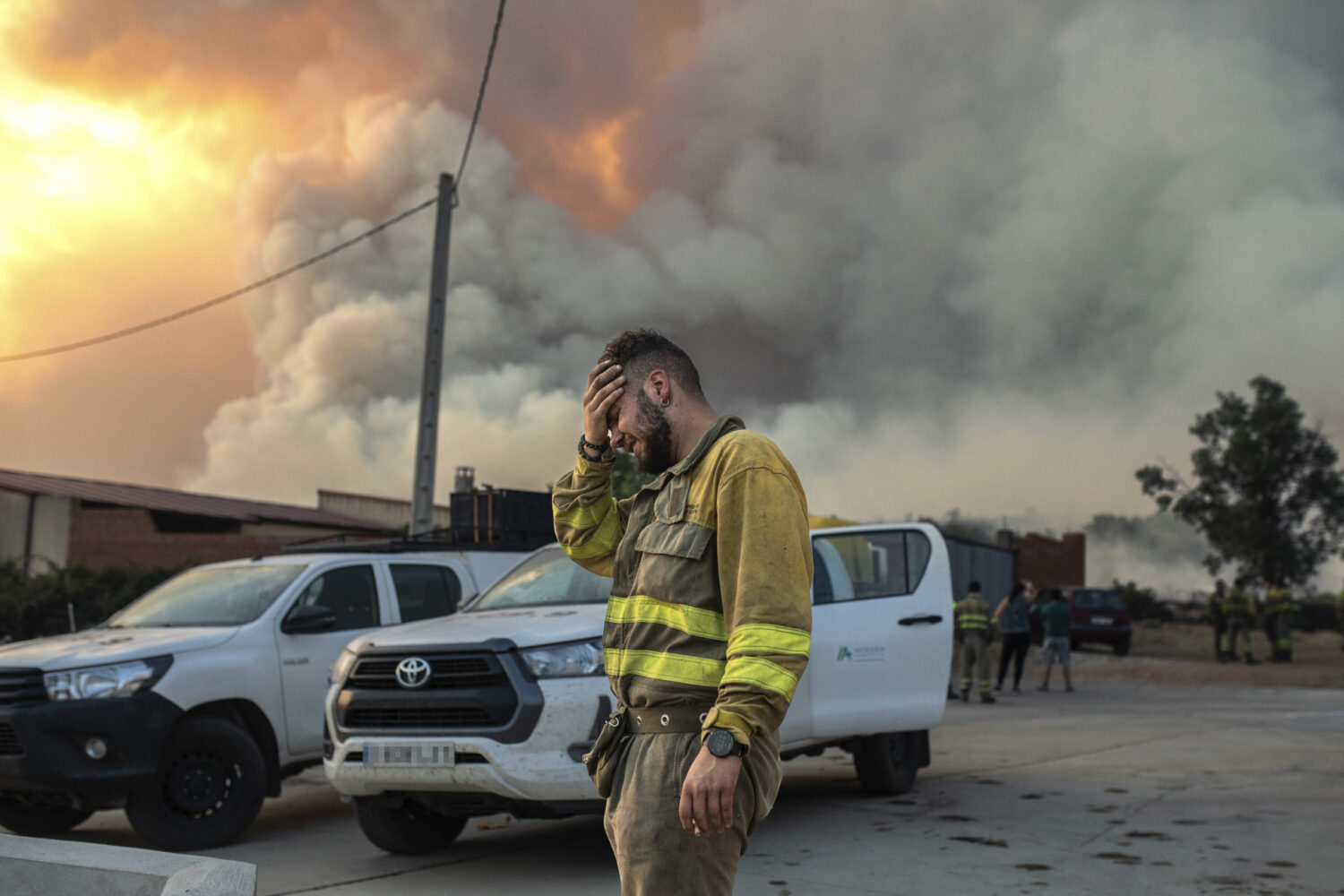After decades of global inaction, the effects of climate change can no longer be ignored. As I sit down to write this newsletter, friends of mine are evacuating in Vancouver to escape raging, disastrous wildfires. Meanwhile, Hurricane Idalia is ripping through the panhandle of Florida, my home state, bringing intense flooding to the region.
The convergence of record-breaking temperatures, devastating wildfires, and historic floods have become our new normal each summer. Now, journalists are tasked with contextualizing the root causes of extreme climate events and documenting the impact these disasters are having all around the world. How can governments, the private sector, and ordinary citizens get on the same page when it comes to environmental protections and solutions? How can telling better climate stories move the needle toward collective action and urgency?
Below is a compilation of pieces from Nieman Reports contributors about best practices for improving climate coverage. The stories below all provide sharp analysis and practical tips to apply to your reporting. We hope they prove useful as you and your newsroom navigate the climate crisis and work to bring accurate, actionable information to your audiences.
Until next time,
Megan Cattel
Interim Audience Engagement Editor
Five Tips for Better Coverage of the Climate Crisis: Focus on relevance to everyday life, include all beats, emphasize potential solutions, highlight visual media/infographics, and make it local.
- Biggest takeaway: Coverage will vary depending on your audience, beat, and newsroom type (local vs. national vs. global), but these five tips by James Painter and Shannon Osaka offer guidance to reporters of all skill levels.
Everyone Is a Climate Reporter Now: That’s why journalism schools need to incorporate climate science reporting into their standard curricula.
- Biggest takeaway: “The goal of climate communication is to not only educate about the science and impacts but also to promote action and change social norms,” writes Jill Hopke, associate professor of journalism at DePaul University, where she teaches climate change communication and climate journalism. In this piece, Hopke discusses how to broach the topics of “science and data literacy, as well as practice applying news gathering and verification skills to the social equity, economic, and political aspects of the climate crisis” in classrooms.
As Journalists, We Need to Change the Way We Cover Disasters: We need fewer tragic narratives about survivors, and more stories about the causes of coastal disasters and who benefits from government rebuilding grants.
- Biggest takeaway: “Not every reporter needs to be in the field looking for tragic narratives about survivors…all too often the stories feel reflexive and waste limited time and resources that could be spent on deeper reporting that gets at the root causes of coastal disasters, especially land use choices, which rarely are covered until it’s too late,” writes Gilbert M. Gaul, a former reporter for The Washington Post, on how to utilize public records to see how government money is spent on disaster recovery and infrastructure development.
Climate Coverage that Engages Audiences Without Overwhelming Them: Use infrared photography, virtual reality, and other reporting techniques to make visible the unseen causes of the climate crisis.
- Biggest takeaway: The most distinctive and engaging stories about climate change are “visual, multimedia, interactive, employing a multiplicity of tools to immerse readers in the enormity of the issue while at the same time personalizing it to each reader, viewer, or user.” See what visual techniques have the most impact in this piece by Michael Blanding.
How Rising Temperatures Are Becoming a Labor Story: Labor reporters are increasingly focusing on how extreme heat kills workers — and what should be done about it.
- Biggest takeaway: “Extreme heat often sneaks up on workers and can be deadly. A handful of media organizations have taken a close look at the problem.” In one of our most-read climate stories, reporter Steven Greenhouse takes readers into the devastating, but overlooked problem of farmers working in extreme, life-threatening heat. As temperatures rise, more essential workers who work outdoors will be affected.



